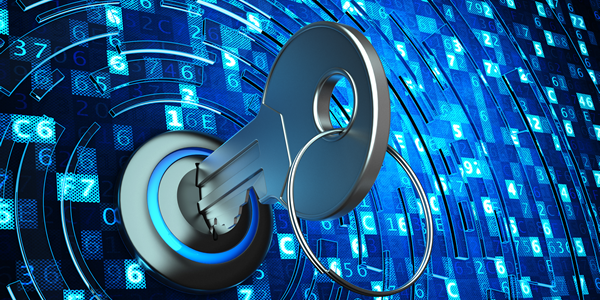In the world of digitally managed business processes and strategies, having a data protection and security plan is the primary concern of every business organisation. Regardless of the size and category of the organisation, losing high-profile data and confidential information could be devastating. Ever since the digitalisation of the business world, high-profile cyber-attacks have increased exponentially.
From strict data management regulations to highly secured data storage, businesses have never been more serious about security than they are now. Where technological advancements have broadened the spectrum of business opportunities, it has also expanded the potential threats of data theft and corporate espionage. Investing in data security and employing innovative security approach is not a business luxury rather a necessity.
What is a data security plan?
Data security is becoming increasingly tedious and challenging as the hackers come up with advanced hacking mechanisms and strategies to evade the confidentiality of companies. Data security is defined as the approaches, strategies and methods used in combination to ensure 100% security of data. A wide array of reason contributes to a security breach, including system failure, inappropriate usage of information, unauthorised access to data and malware and computer viruses.
The impacts of a security breach are disastrous. It not only results in a prolonged and unpredictable interruption in business activities and operation; rather, it also brings a bad reputation for your company and its associated clients and partners. It takes years to establish a great reputation in the marketing world, but the slightest of a security breach can drag it down in just a few minutes.
Role of employees in maintaining data security:
With the rapid digitisation of businesses, a plethora of data points exists through which employees can access, share and edit the critical data. Where most employees edit and share the information for the intended purpose, there might be some people you can use it for unacceptable purposes. Since employee monitoring is directly related to data security, here are some ways to keep a check on your employees:
· Electronic Surveillance:
Most organisations monitor communications through the computer. This surveillance involves monitoring of chats and email sent through the official work email address. The employers are required to keep a check on online communication, which includes information shared on social media and personal blog.
· Internet Activity Monitoring:
Use of firewalls and router logs are one of the most common ways to track the online traffic of the employee’s system. Network analysers are used to detect access to prohibited sites and determine the system used to access such sites. Use of instant messaging and email system also allows the employers to keep an eye and record all the activities.
· Desktop monitoring:
Anita-viruses and malware protection software are a great way to keep the external threat away. However, when it comes to internal threats, this software is of no good—that’s when employee monitoring software comes into play. These software packages keep a check on every activity and action, thus ensuring vigilant security of the data and thorough prevention of data theft and confidentiality breach.
Maintaining confidentiality and privacy is a sacred obligation for every business organisation. For that very reason, it is imperative to monitor the individuals who are involved in handling and regulating the data and information.
If you would like a free trial of our Telestat 7 Call Logging Software, please download the free trial or give us a call on 03330022440. If you would like to record the calls, please have a look at our Call Recording Software.

